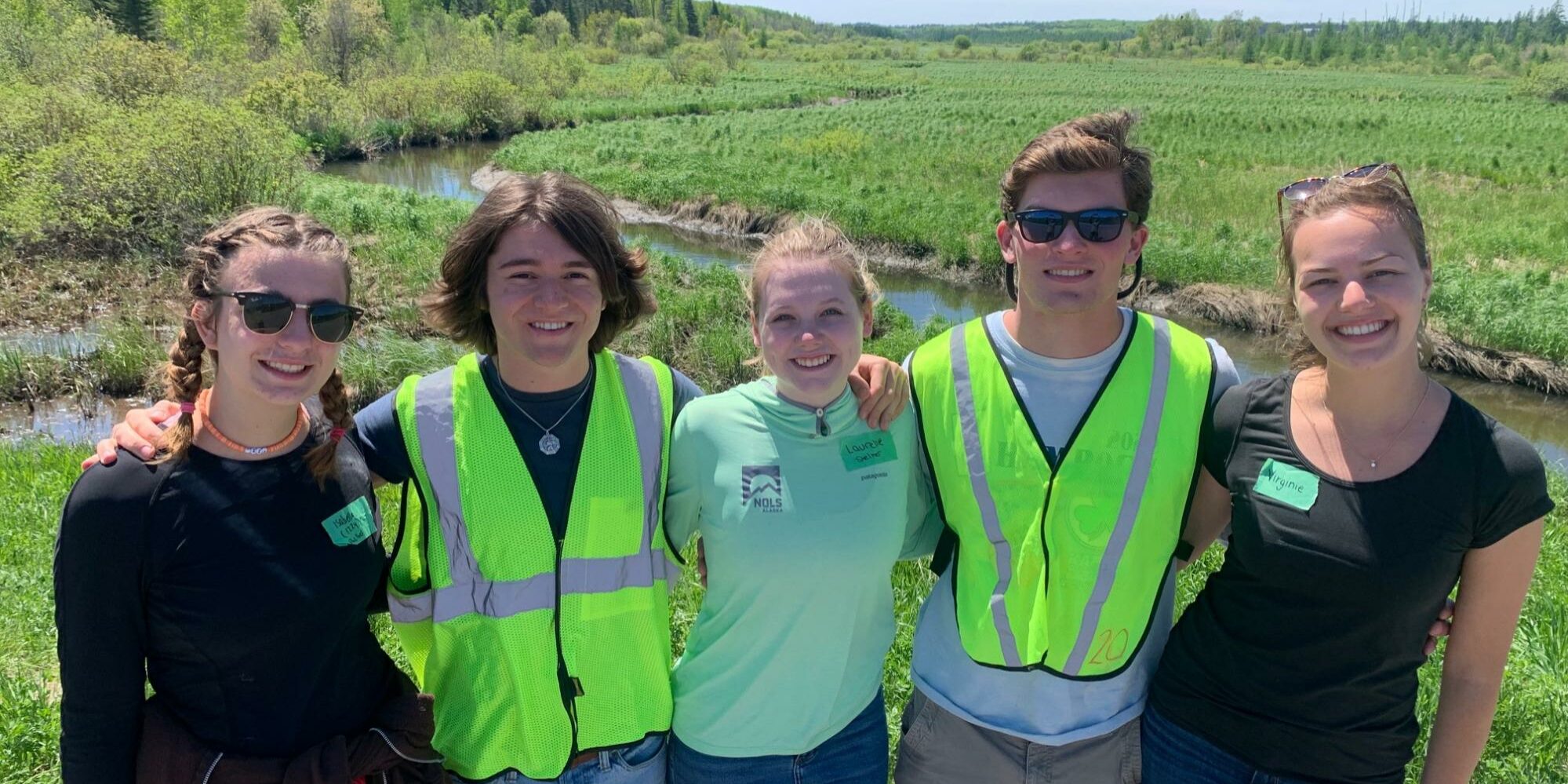Student Team Delivers Insightful Report on Climate Actions in Congregations
This summer, five talented sophomores from the University of North Carolina worked in Minnesota on an eight-week listening project for MNIPL. They dug into the motivations, successes, and barriers that congregations face in encouraging climate action.
The scholars interviewed 40 Community Connectors from Unitarian Universalist and Christian congregations. Community Connectors are people who serve as a liaison between their community and MNIPL.
The resulting report is enlightening and identifies several important trends. Below are a few highlights that may inspire climate teams as you work on action plans for the coming year.
Successes
The most common successes by far (nearly 20 percentage points higher than any other) were actions that are focused and practical. These included starting composting or recycling programs, planting trees in the congregation’s neighborhood, or reducing plastic use and waste. This suggests that congregations starting out with climate action may find early momentum from local, practical projects.
The creativity in these local projects was inspiring. We learned about a sweater swap and bag sewing workshop that repurposed old fabric, a congregation that sponsors a farmers’ market on church grounds, a cooking club, and a raffle where the cost of a ticket was naming a climate action you had taken—just to name a few!
The next most popular climate action successes related to facilities (reported by 35 to 40% of those surveyed). These congregations have conducted energy efficiency audits (and implemented the audit recommendations), have installed solar, or have subscribed to a renewable energy source for their electricity.
An equal number of congregations reported success in hosting climate education speakers from MNIPL or other sources.
Barriers
To no surprise, dealing with the pandemic has been the top barrier congregations have faced in taking climate action.
Beyond that, at least 35% of those interviewed reported struggling to find volunteers for their green/climate teams (particularly from youth), low attendance at climate events, and overall exhaustion—both by the volunteers themselves and the congregation as a whole.
As one Community Connector said, “People are so busy and overscheduled…. Finding time to get invested in environmental things is very difficult.”
Notably, one-third of congregations had gone through or were in the midst of a clergy leadership transition, which Community Connectors said diminished their ability to make progress.
MNIPL’s Support to Congregations
The student team also heard ideas on what could better support Community Connectors in their leadership.
They said they could use more help from MNIPL in connecting with other Community Connectors for mutual support and learning about what is working in other congregations. They said they really appreciate the ideas MNIPL suggests for climate action and would welcome more ideas.
As one Community Connector identified: “With a structured action plan, I do not feel like climate change is too big for [us] to take on.” A quarter of those interviewed gave MNIPL-sponsored events high marks and hope that we increase the number offered.
Over the coming months, we will be sharing more results from this listening project and how it is helping us to enhance our programs with congregations and spiritual communities.
“As a nonprofit, partnerships like this one are a key way to leverage resources,” said Buff Grace, MNIPL’s Director of Faith Networks, who supervised the student team. “These students brought a rich set of skills and really leaned into the analysis. Plus, their passion and enthusiasm buoyed all of us on staff. We’re also grateful for the congregational leaders who made time to speak with our team and help make this a big success.”
Special thanks to our amazing scholars: Isabella Grandic, Luke Manna, Laurelle Maubert, Graham Phillips, and Virginia Ruest (from left to right in the photo). Thanks also to the Morehead-Cain Foundation of the University of North Carolina for sponsoring this project.

